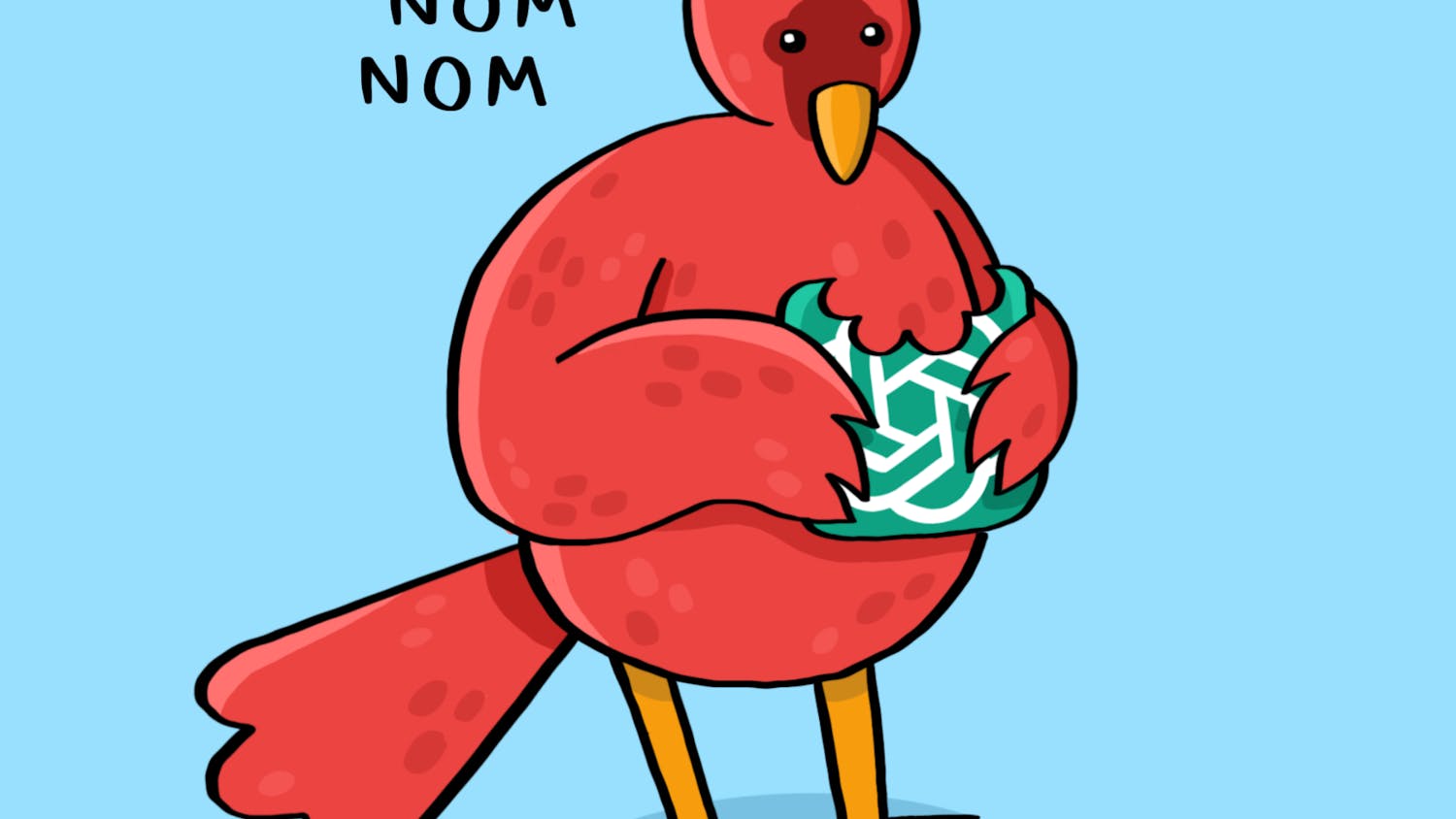Invasive species are running amuck around the globe. In Wisconsin, invasive plants and non-native earthworms are changing the composition of our forests, while zebra and quagga mussels harm the ecosystem and economic value of our lakes.
Research into the management and prevention of invasive species is ongoing, and a key to predicting future invasions may be looking into these species' pasts. In order to understand how a species’ traits influenced their success at dispersal throughout history, a research team led by Sarah-Sophie Weil from the Université Grenoble Alpes in Grenoble, France used an enigmatic and surprising model organism: chameleons.
Chameleons came onto the scene around 90 MYA in what we now call Africa and Madagascar. In the current day, chameleons are most abundant in Africa and Madagascar but can also be found in southern Europe, the Middle East and Southeastern Asia.
Early chameleon species were primarily terrestrial, spending their lives on the ground in closed canopy forests. The tree climbing behavior of the arboreal chameleons most recognized today likely evolved in the early Eocene when tropical forests sprouted in Africa and Madagascar due to the opening of the Indian Ocean and a period of “Greenhouse Earth.”
During this period, global temperatures rose, and there was a significant increase in moisture in the region, making the conditions right for tropical forests to establish and spread. Chameleons, with their bird-like zygodactyl feet, quickly adapted to new arboreal niches.
There are 217 described species of chameleon, 181 of which were analyzed by the Weil team. Alongside historical biographical data about chameleon dispersal in Africa and Madagascar, species were analyzed based on three traits: life history, body size and lineage distribution.
Life history is how organisms survive and reproduce, and encompasses all traits that affect these processes.
A “slow” life history is associated with longer lived organisms that do not produce many offspring and have larger brain sizes. Species with traditionally slow life histories include elephants, which display high levels of parental care, gestate for one to two years and have very few offspring over the course of their lifetime. A “fast” life history, on the other hand, is associated with species that produce many offspring and have a shorter life span on average. Species with fast life histories include mice, which can produce five to six babies per litter, average five to ten litters a year and have just three weeks between births.
Life history can affect dispersal in many different ways, though strategies vary between species. Birds' slower life histories tend to be more successful than their counterparts. In mammals, amphibians and non-avian reptiles, however, a faster life history is generally associated with success.
In the study, chameleon body size was measured as the length from the snout to the base of the tail. Previous research suggests large animals may have an advantage in the early stage of dispersal and colonization. A large body size is associated with a lower metabolic rate, which allows larger organisms to better cope with long periods of food and water shortages, environmental changes and other stressors.
When analyzing lineage distribution, chameleons were sorted into coastal and non coastal lineages. Chameleons were defined as coastal if they lived within 10 km of the coast. Coastal lineages may have an advantage when it comes to long range dispersal because of an exposure to storms, cyclones and extreme weather events that displace organisms from their native range. Coastal species of mottle snake-eyed skinks, for example, have dispersed 13 to 14 times more frequently than their non-coastal equivalents.
The Weil team initially hypothesized chameleon species with faster life histories, coastal lineages and larger bodies would be better dispersers than lineages holding one or none of these traits. Additionally, the Weil team predicted that chameleon species' fast life histories would be significantly better dispersers than species with a slow life history.
However, after phylogenetic analysis and trait dependent biogeographic modeling, the results showed a different story.
The team's analysis did not confirm chameleons with a fast life history were better dispersers but instead uncovered that chameleons with extreme life histories were better dispersers than chameleons with an intermediate life history.
Chameleons with a fast life history have the advantage of quickly establishing large populations in new environments. This fast population growth is when the newly colonized area is different from their area of origin, as environmental challenges are unlikely to wipe out the entirety of the population. A similar pattern is seen in mammals, amphibians and non-avian reptiles, where species with a faster life history have a greater dispersal success.
On the other hand, chameleons with a slow life history have the advantage of time and patience. These chameleons will have fewer offspring but can afford to wait to lay eggs until environmental conditions are right due to their long life span. This strategy is often employed by successful avian invaders, whose large brains give them a leg up on their competition.
The Weil team's analysis posits that one strategy may not necessarily be better than the other, and dispersal success comes in many forms. On an evolutionary timescale, both strategies can be implemented to great success within the same family of organisms.
These types of inferences and analytical methods can tell us more about how species disperse in the Anthropocene. Understanding the historical ranges and dispersal patterns can give us clues to how they migrate in an ever changing environment.
For example, this analysis could be applied to species of invasive carp to understand if historic range and life cycle affects their successful invasion. It may also allow us to predict what areas are most vulnerable to invasion, and expand our research into invasive species with a slower life history.
Research into these topics is ongoing, but the analysis on these humble chameleons has provided a fertile ground for future research.






